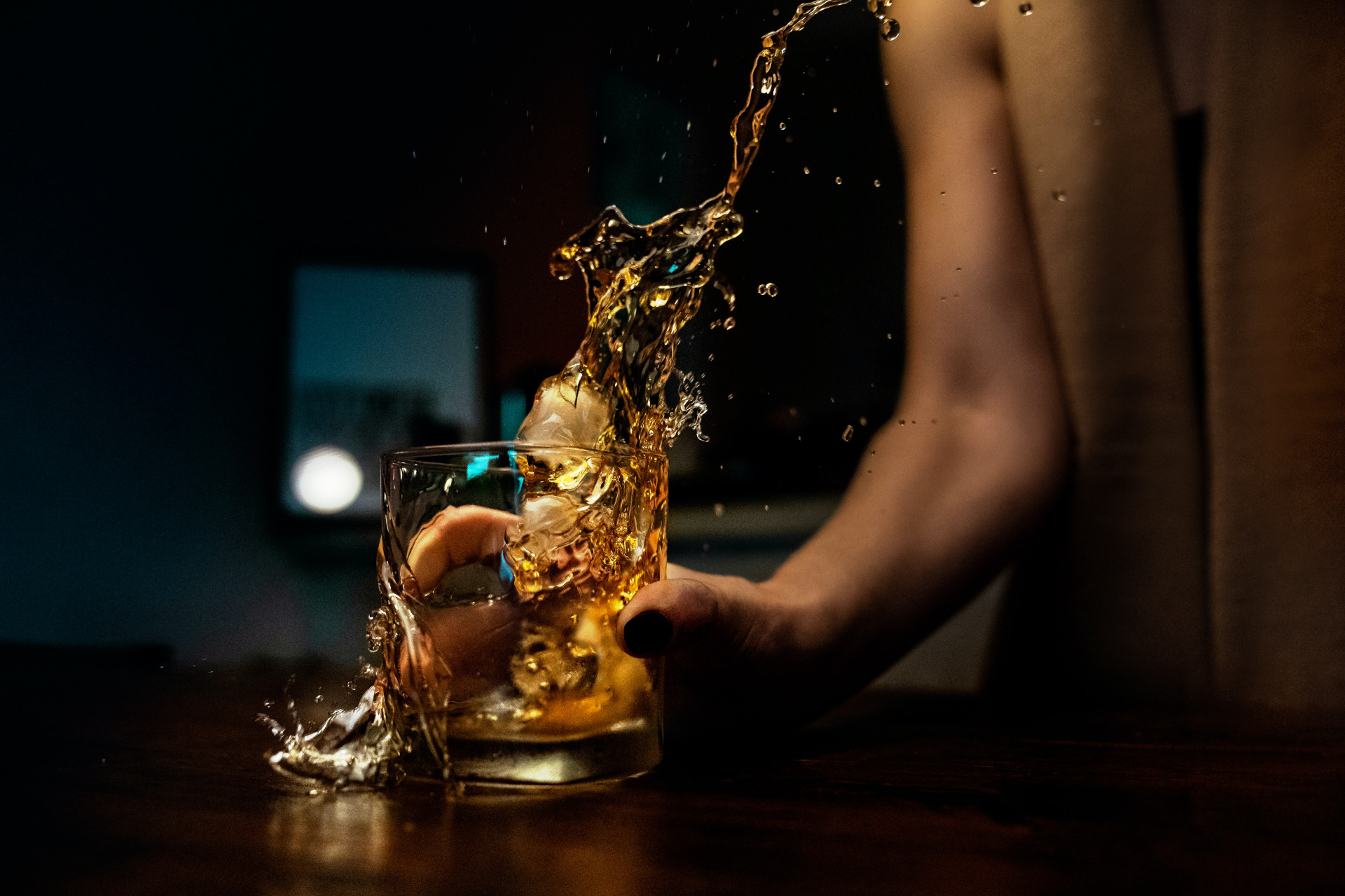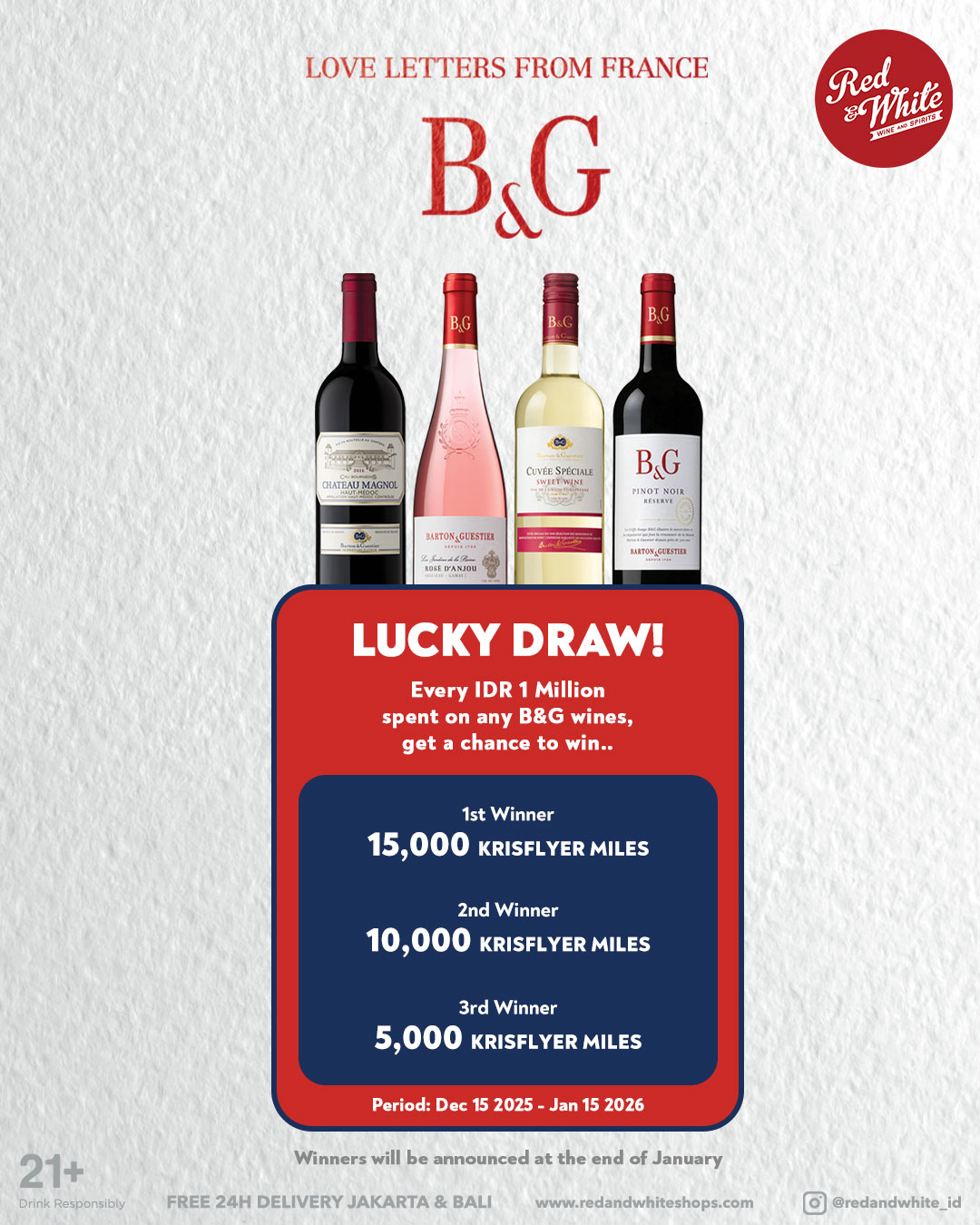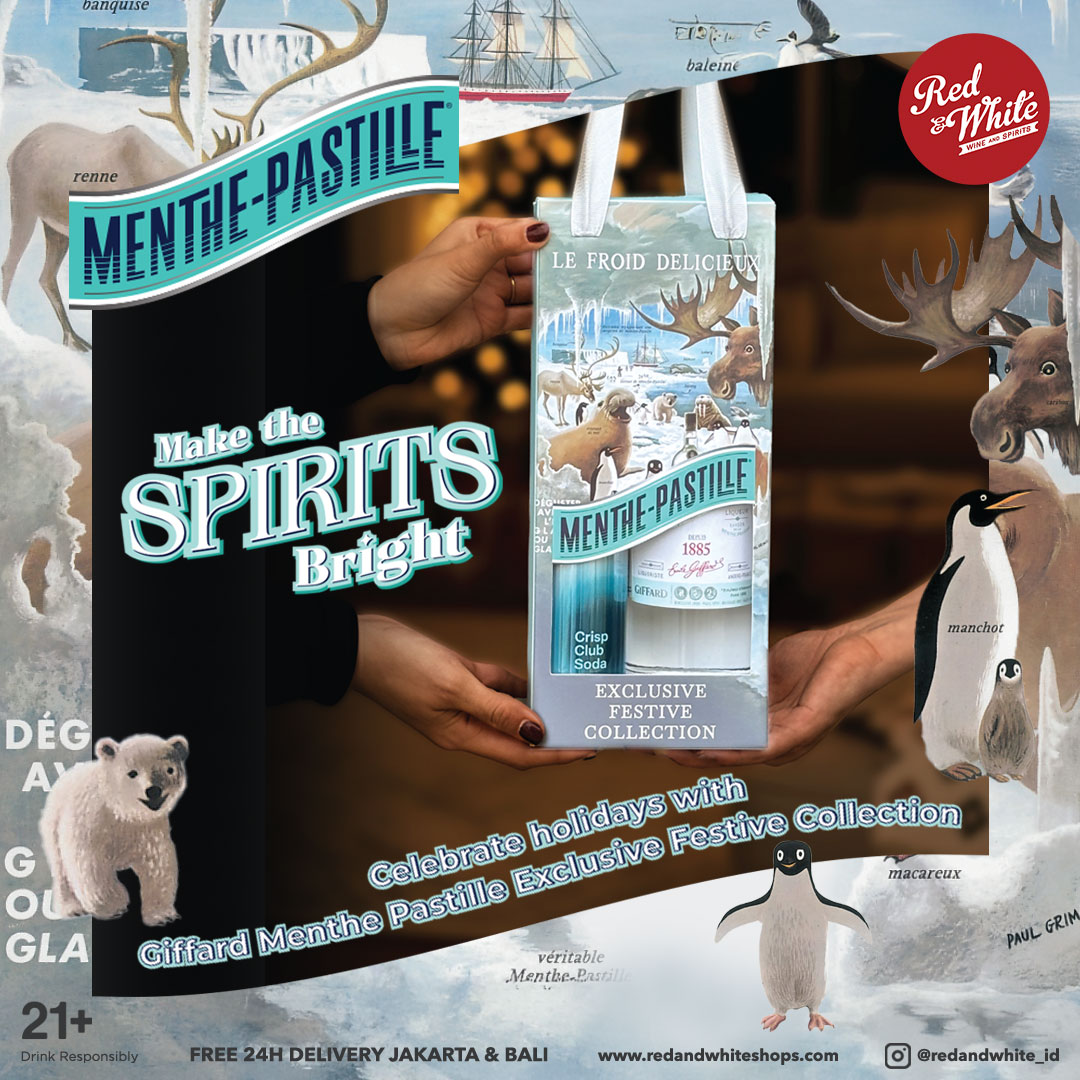
Alcohol Basics
Over the past month, we’ve taken in-depth looks into the production process of a couple of alcoholic drinks such as gin and whiskey. We’re aware of the ingredients and the mechanics. We know what mixers go best with which alcohol. We’ve looked into how slight differences in the winemaking process produces different types of wine. At the core of every wine and spirit is, well, alcohol. But what exactly is alcohol? How does it end up in our favourite drinks? What are some of the basic things we need to know about alcohol, and what are its effects?
What is alcohol?
More than just liquid courage or a gateway to a good time, alcohol is a drug. It contains toxic elements. Like any drug, it can become addictive. When talking specifically about alcoholic drinks, the alcohol present is called ethanol, or ethyl alcohol.
How does alcohol form?
Ethanol is a natural product of fermentation. Whether it’s rye, barley, or other grains, all base ingredients of your favourite spirit are first mashed and then fermented before anything else. Alcohol forms during fermentation when yeast interacts with the sugars in the ingredients. Whatever way the mash is treated after fermentation, this is where all ethanol starts.
What does alcohol do to the body?
The most notable effect of alcohol is drunkenness. Symptoms include:
- Loss of balance
- Drowsiness
- Impaired vision
- Loss of coordination
- Slowed heart rate
These are considerably mild effects of alcohol on the body. However, overconsumption can lead to more severe bodily reactions, such as:
- Vomiting
- Dehydration
- Seizures
- Coma, and even
- Death
It’s useful to remember that alcohol is toxic. Harmful elements present in the drink can cause long-term health issues such as heart and liver disease, stroke, and even cancer. When consumed in moderation, alcohol does have its benefits. Read here to find out more of the positive perks of drinking alcohol.
Related article: Is Mixing Different Types of Alcohol Bad for You?
Calories in alcohol
Another possible effect of alcohol on the body is weight gain. This is because alcohol contains calories, more accurately 7 calories per gram, which is roughly equal to 1 gram of fat. Sweet-tasting alcohols aren’t the only drinks that contain calories. Anything from wine, beer, and even gin, has the potential to cause weight gain. Calories are the reason behind a beer belly developing over time. Depending on the drink and how much you’ve had to drink, you’re amassing more calories in your body.
Take a look at some of these food equivalents of a standard drink:
- 50ml of gin at 40% ABV contains 95kcal, the equivalent of 1 Milky Bar
- 1 pint of beer contains 239kcal, the equivalent of 1 Mars Bar
- 175ml of wine at 12% ABV contains 133kcal, the equivalent of 3 Jaffa Cakes
Is this making you rethink your alcohol intake?
Basic alcohol terms
Having learned about alcohol and its effects on the body, we can better understand our drink by familiarising ourselves with these alcohol terms. Here are some useful vocabularies often used when talking about alcohol.
- Proof
The term “proof” is used to indicate the alcoholic content in a drink. There is no set formula for determining proof, as it differs in every country and is dependent on the drink. The word itself was first used in England. In the past, in order to determine how much alcohol is in a drink, a gun pellet was soaked in the alcohol. There would then be attempts to set the gunpowder on fire. If the gunpowder lights, then that is “proof” of high alcohol content.
Today, the UK uses a slightly more accurate way of measuring proof in a beverage. It uses more precise measurements, calculating gravity and density. When a bottle states that it is “100 proof” it usually means it is about 57% alcohol. On the other side of the pond, America uses a much more straightforward system. Proof is simply 2x the ABV.
- ABV
ABV stands for Alcohol By Volume. Like proof, this is also a measurement of alcoholic content in a drink. It represents the percentage of alcohol present in the beverage. While proof differs around the world, ABV percentage is the same everywhere.
- Tannin
This word is specifically used when discussing wine. Tannin is the element found in wine that creates a bitter taste. This sharpness comes from grape seeds and skins, but can also develop later in the winemaking process through aging in oak barrels. Tannin is often confused with dryness of the wine, but this is a misconception. In wine, dry is the opposite of sweet, and tannin is bitter.
- Spirit, liquor, and liqueur
We may be familiar with terms like spirit, liquor, and liqueur, but what exactly is the difference between the three? Spirit and liquor are the same, and the words can be used interchangeably. They refer to alcohol that has gone through the process of fermentation and distillation. Drinks like vodka, gin, tequila, and rum are spirits. Beer, however, is not a spirit, because it isn’t distilled. Spirits have a high ABV percentage, ranging anywhere between 20% to 80%.
Meanwhile, liqueur is a sweeter version of liquor. It is usually created by diluting spirits. This process produces a range of tastes, from tangy, zesty, creamy, to sweet. There are also flavour varieties, such as coffee or chocolate. Compared to spirits, liqueur is usually lower in ABV, peaking at about 15%. Popular liqueurs used in cocktails include Grand Marnier, Bailey’s Irish Cream, and Campari.
If you’re looking to explore the world of alcoholic beverages while ensuring the quality and authenticity of your choices, consider purchasing your liquor from reputable liquor store like Red & White Shops. With a wide selection of original products, you can enjoy your drinks with confidence and make informed decisions about your alcohol consumption. Cheers to expanding your understanding of the basics of alcohol and embracing responsible drinking!




